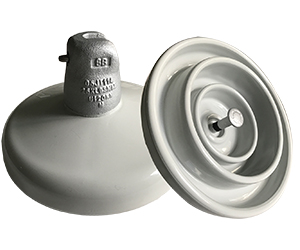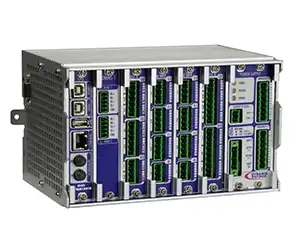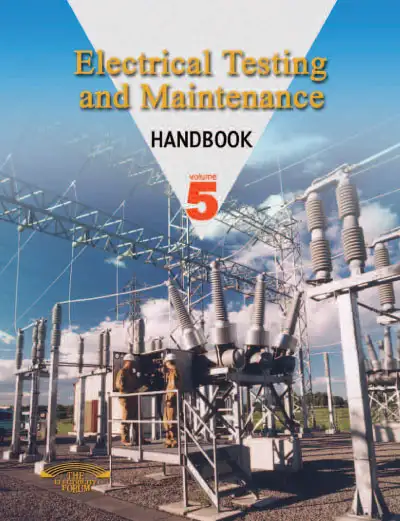Air-Insulated Switchgear (AIS)
Cost-Benefit Analysis of Upgrading to Modern Air Insulated Switchgear
Gas-Insulated Switchgear (GIS)
Composite Insulators: A Potential Path Towards Eco-Friendly GIS Designs
Moisture Ingress and Fault Risks in GIS: Strategies for Ensuring Sealed Environments
Switchgear Innovations
Cybersecurity Threats and Mitigation Strategies: Securing Switchgear in a Connected Grid Environment
Adapting Switchgear for Grid Integration of Intermittent Power Sources
Switchgear
Advancements in Condition Monitoring Systems
The reliable operation of high voltage (HV) switchgear is crucial for ensuring a stable and secure power grid. As these critical assets age, the risk of unexpected failures increases. Traditional maintenance strategies based on routine inspections and time-based schedules can be inefficient and fail to capture developing problems. Advancements in condition monitoring systems (CMS) offer a more proactive approach by continuously monitoring key parameters of HV switchgear, enabling predictive maintenance and early fault detection to prevent catastrophic failures. This article explores the latest advancements in CMS for HV switchgear, discussing their features and the benefits they offer for improved reliability and efficiency.
Predictive Maintenance in High Voltage Switchgear
Predictive maintenance represents a proactive approach, relying on condition monitoring to predict and address potential equipment failures before they occur.
Enhanced Reliability and Efficiency
By predicting potential issues and performing maintenance as needed, rather than on a fixed schedule, predictive maintenance improves the reliability and efficiency of high voltage switchgear operations.
Cost-Effective Maintenance Strategies
Predictive maintenance reduces unnecessary inspections and maintenance activities, leading to significant cost savings and optimal resource allocation.
Key Technologies in Condition Monitoring
Advancements in sensor technology and data analytics have led to the development of sophisticated condition monitoring...
















_1744640698.png)
